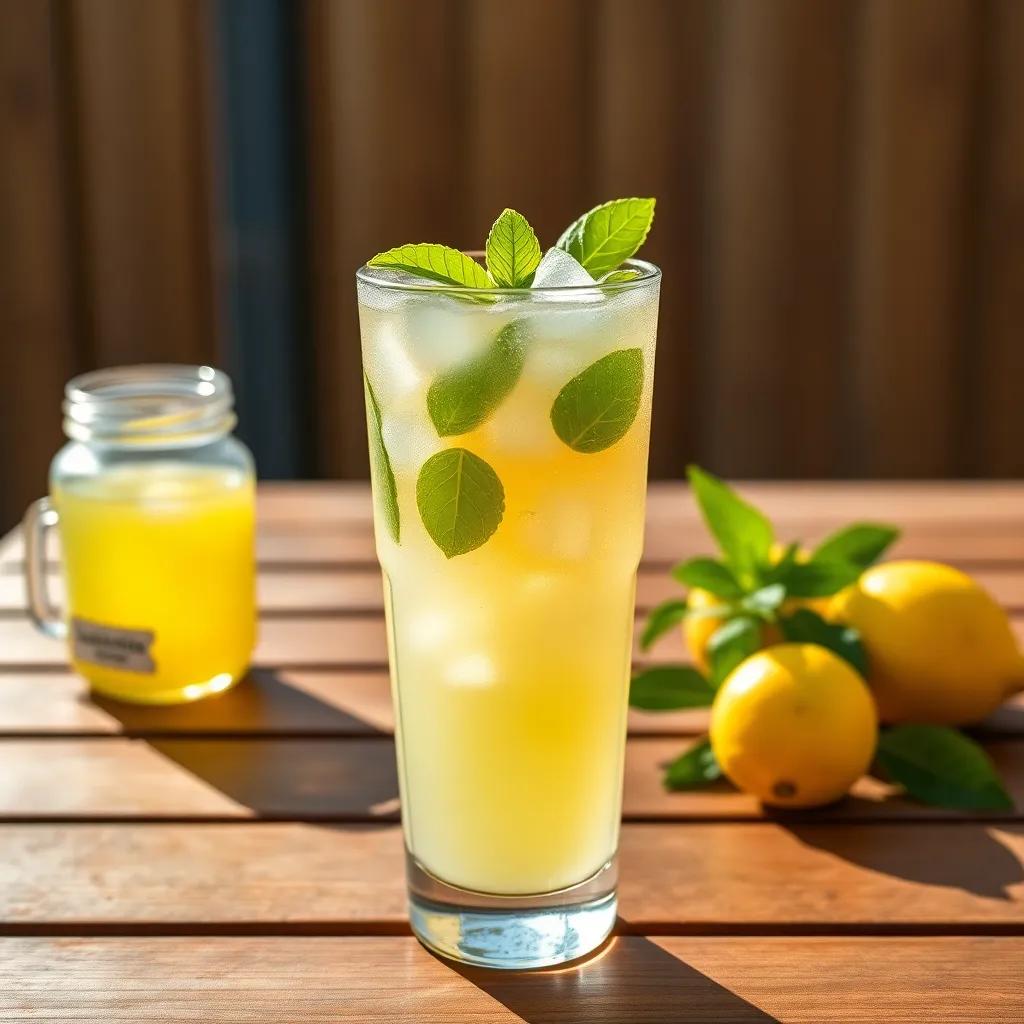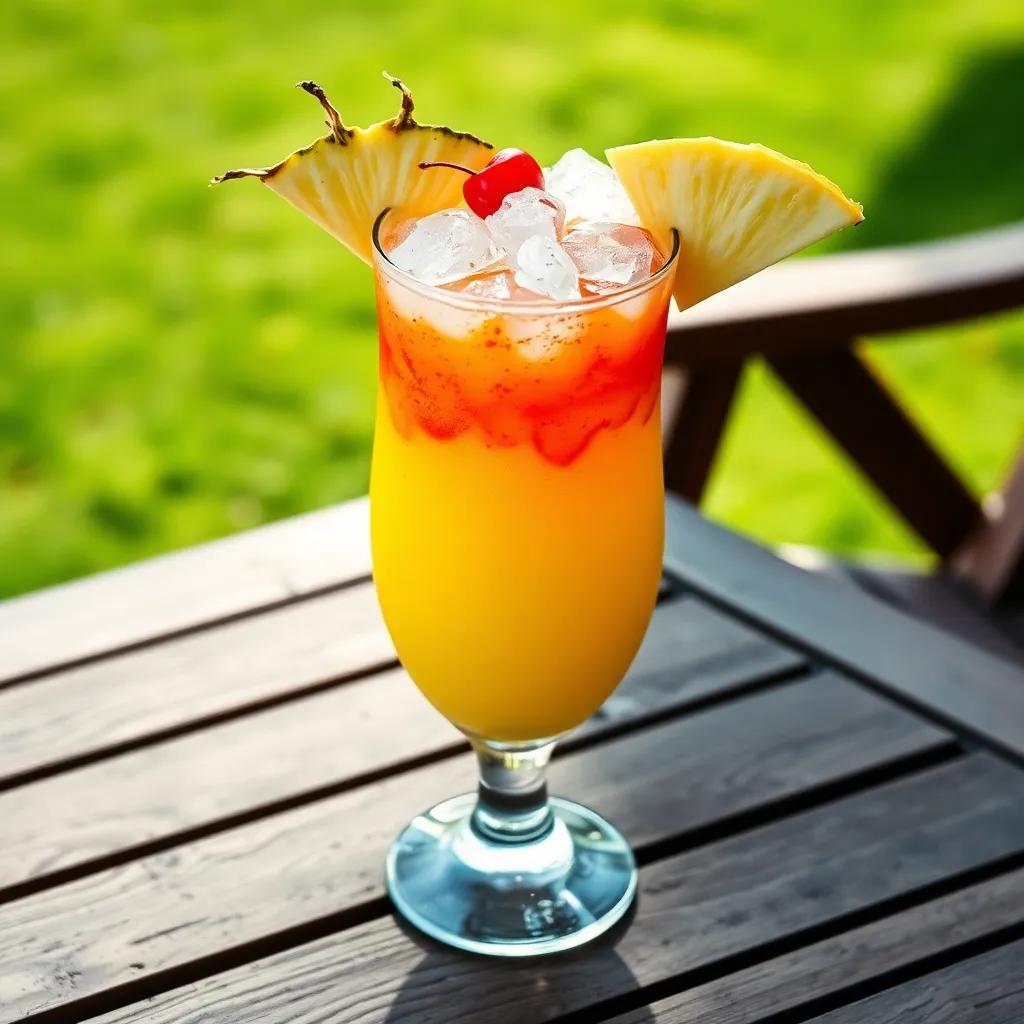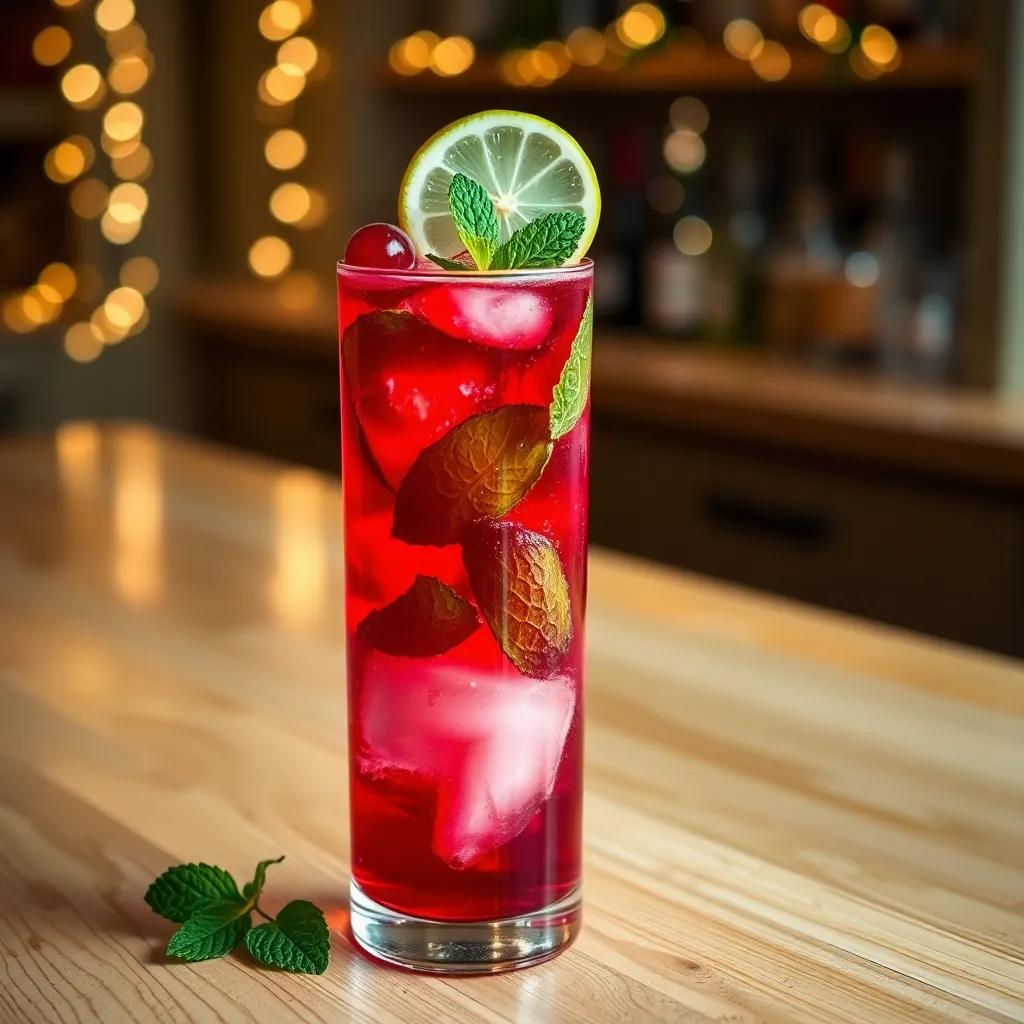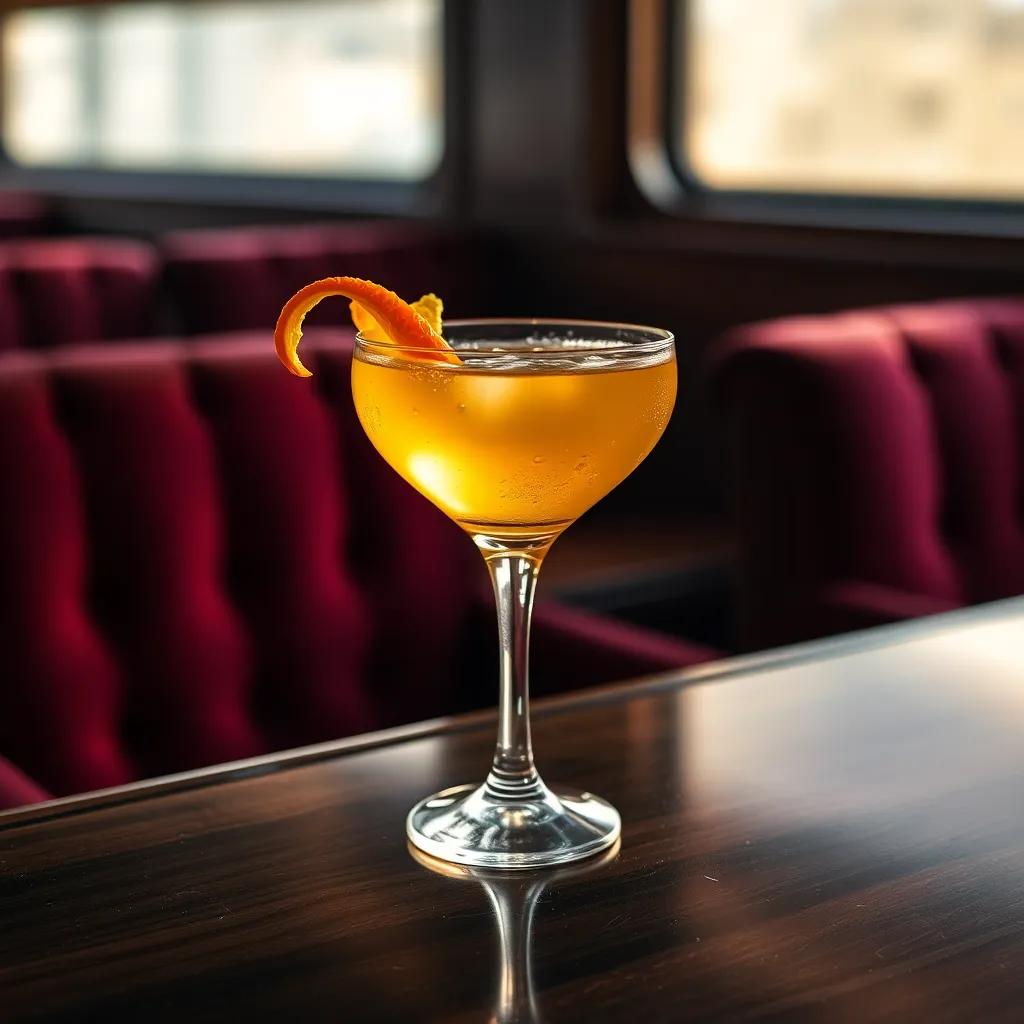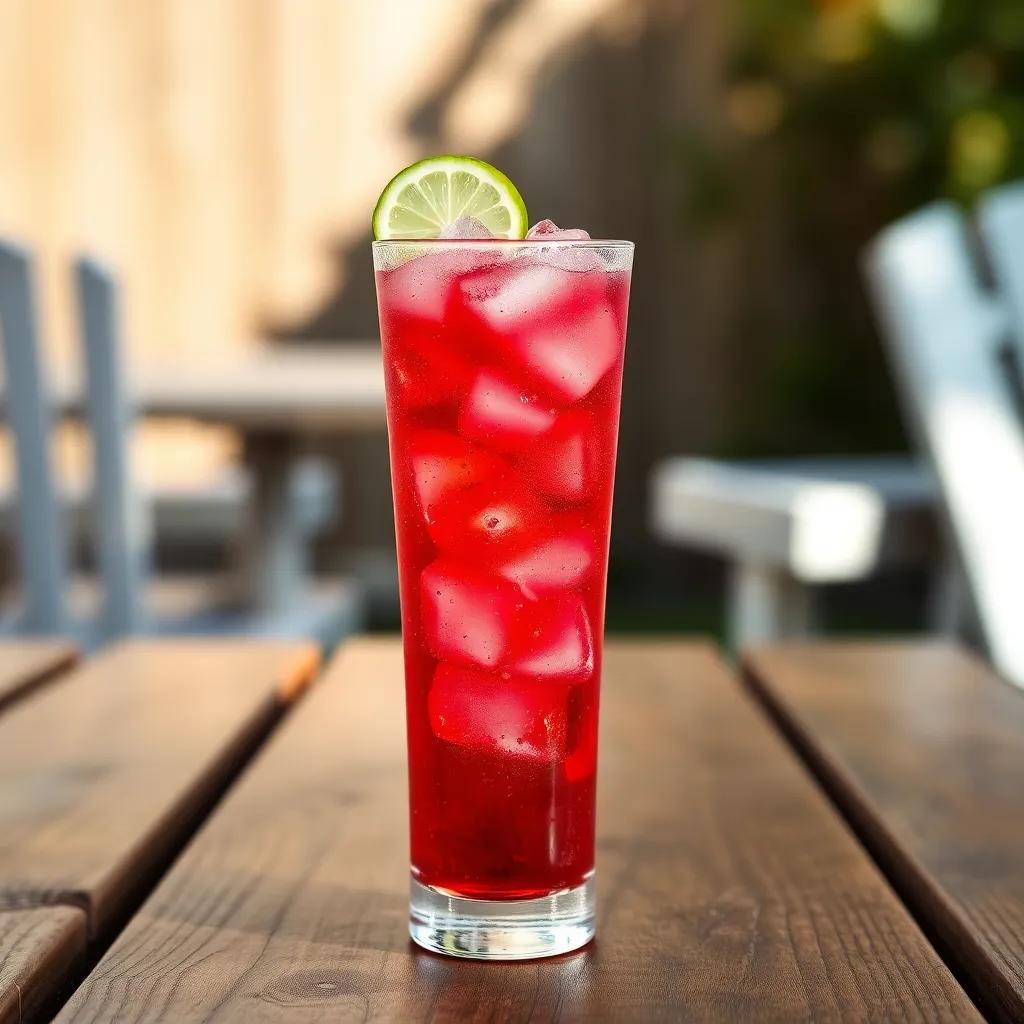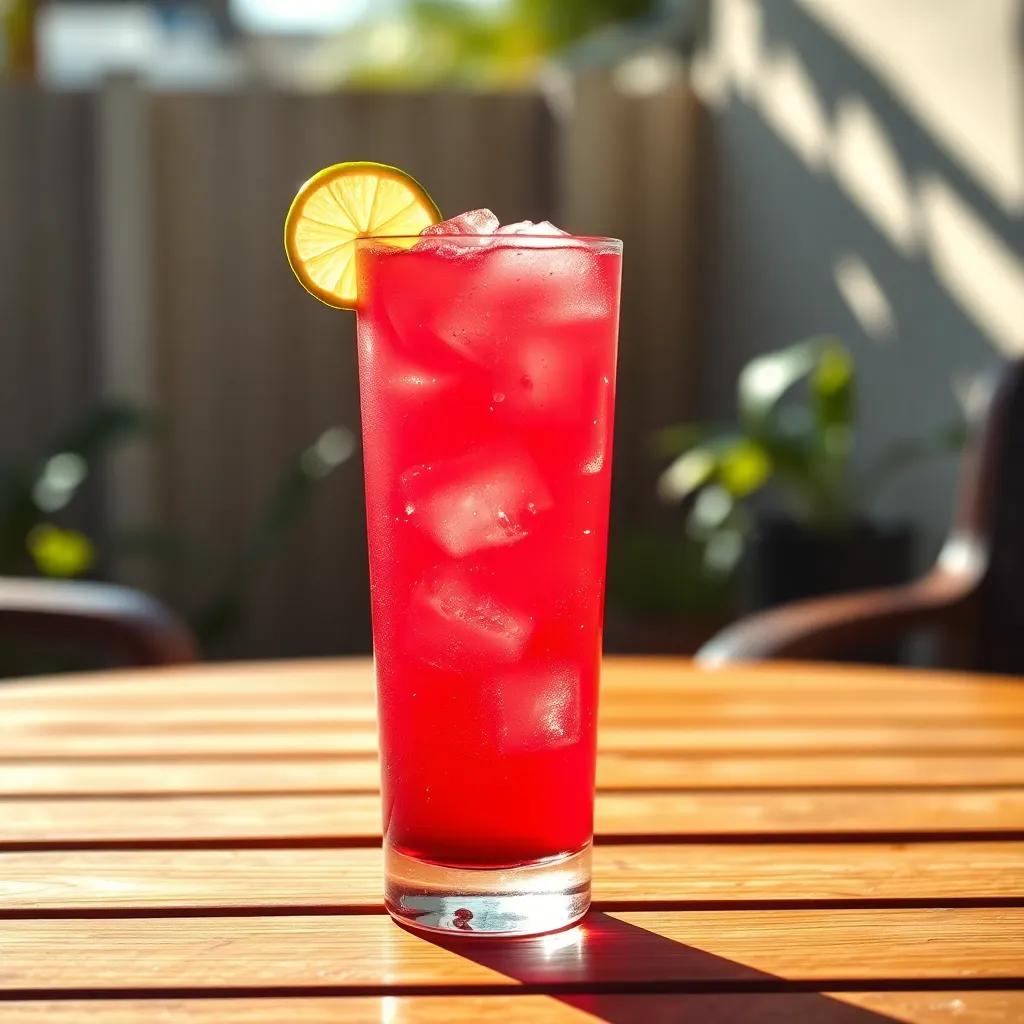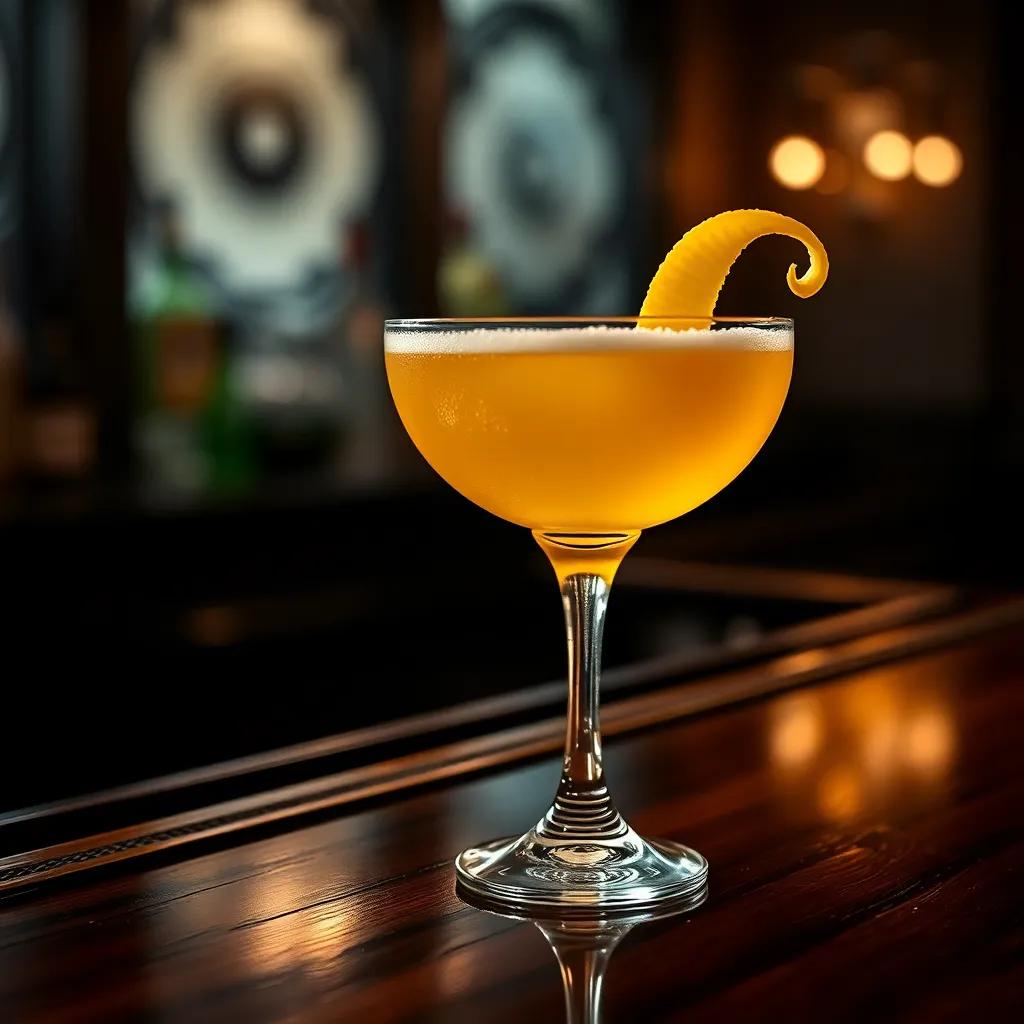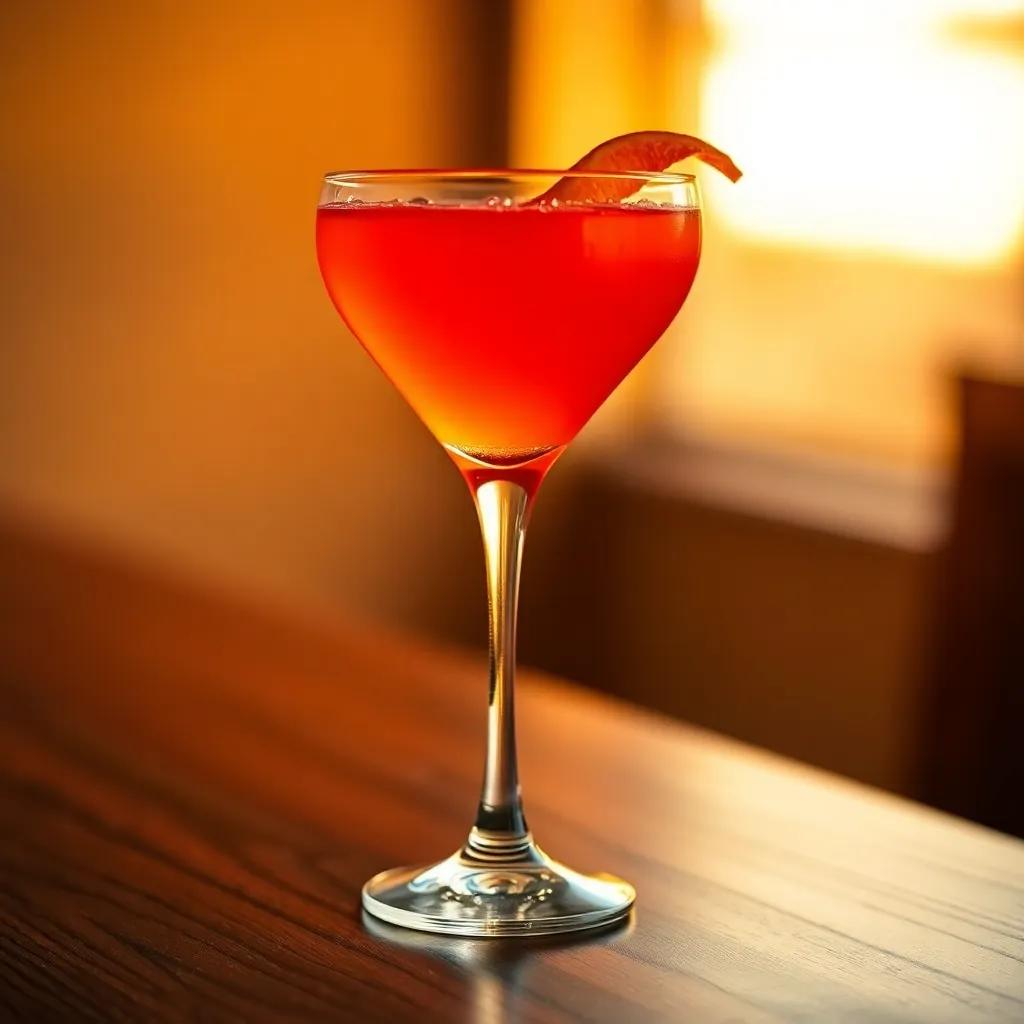
I remember the night I first served an Oriental. It was a slow Thursday at the bar, and a regular slid into his usual stool, leaned in, and said, “Surprise me – something with bourbon, but out of the ordinary.” I’d been flipping through an old Savoy Cocktail Book a few days before and the name “Oriental” had stuck with me – partly because I hadn’t seen it on any modern menus, partly because it just sounded intriguing. I told him I had just the thing. When he took a sip, his whole face lit up, eyebrows halfway to his hairline. “Where has this been all my life?” Ever since, I keep the Oriental in my back pocket, ready for skeptics, bourbon-lovers, and adventure-seekers alike.
There’s something about the Prohibition-era cocktails – born out of scarcity and creativity – that always feels a little mysterious. The Oriental is a classic example: despite its far-flung name, it’s pure American invention, dressed up in imported liqueurs and an air of intrigue in the hope it would catch people’s imaginations. Harry Craddock first put it on record in his 1930 Savoy Cocktail Book, and while it never hit the fame of Negronis or Manhattans, it’s quietly lingered in the background, waiting for the curious.
Strength & Profile
Note: You can tap on flavors, occasions, and feels to view more similar cocktail recipes.
What I love about the Oriental is how unexpected the flavors are together, yet how gracefully they work. The bourbon grounds it – a comforting backbone. Sweet vermouth gives it richness and a subtle bittersweet edge. The lime juice cuts through with a jolt of freshness, and then the orange curaçao smooths it all out, just a little floral and a little fruity. It’s a drink that doesn’t try to dazzle you with tricks; it just works, and keeps revealing a little more each time you taste it.
Here’s how I make it:
- 1½ oz bourbon (Buffalo Trace is my go-to – bold, but not overpowering)
- ¾ oz sweet vermouth (if I’ve got Carpano Antica, I’ll use that every time)
- ½ oz fresh lime juice (do NOT use the bottled stuff – trust me)
- ½ oz orange curaçao (Pierre Ferrand is great, but Cointreau will do in a pinch)
Shake everything hard with plenty of ice – more than you think you need, so it gets icy cold and properly diluted. Double-strain into a chilled coupe (martini glass works, but coupes have saved more drinks than I can count from a shaky hand). If you want to get fancy, garnish with a lime twist or even a brandied cherry. Honestly, half the time I forget the garnish and it’s still an excellent drink.
One of the fun parts about making Orientals is playing around with your bourbon. If you use a high-rye bourbon, like Bulleit, the drink gets a little spark and spice. Maker’s Mark, being soft and sweet, rounds everything out. Try it both ways, and see which fits your mood.
Food-wise, don’t be afraid to serve this with dinner. I once paired it – almost on a dare – with Korean BBQ, and the bourbon held up to all that grilled richness beautifully. It’s also brilliant with really dark chocolate. There’s something about the interplay of bittersweet, tangy, and boozy that just works.
If you’re feeling like a twist, you can swap the bourbon for rye whiskey – spicier and a bit more assertive – or even go all in on aged rum for a slinkier, warm-weather version. The beauty is, the basic formula is flexible.
Want something lighter? Use just 1 oz bourbon, fill with ice in a tall glass, and top with soda. Suddenly it’s a patio drink – refreshing, sippable, and not likely to knock you over at brunch.
I always tell people: don’t let the name throw you. The Oriental isn’t a relic. It’s a quiet show-stopper – complex, approachable, and just mysterious enough to make you want a second round. And if someone tells you, “I can’t figure out what makes this so good…” – well, you know you’ve nailed it. That’s the magic of a classic that’s been hiding in plain sight all along.

